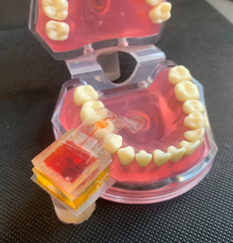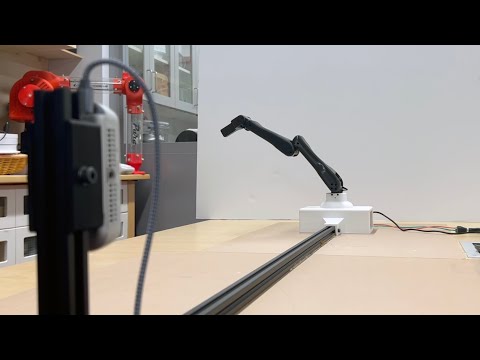
Human femurs have inspired a new cement-based construction material that is multiple times stronger than traditional concrete. But the bone-like design doesn’t get its resiliency from any new additives, but from its hollowed out shape.
In a study published on September 10 in the journal Advanced Materials, researchers at Princeton University showcased how cement paste molded into hollow, tube-like architectures can create building blocks as much as 5.6 times more resistant to cracking or “sudden failure” as standard concrete—a major construction concern.
“One of the challenges in engineering brittle construction materials is that they fail in an abrupt, catastrophic fashion,” Shashank Gupta, an engineering PhD candidate and study co-author, said in an accompanying statement on Monday.
Their solution is derived from a human femur’s dense outer shell, known as the cortical bone. In this vital layer, numerous elliptical, tubelike parts called osteons are suspended in an organic matrix, which are then surrounded by comparatively weak interfaces, coincidentally also called “cement lines.”
Whenever stress is applied to the bone, these cement lines provide a “microstructurally preferable crack path,” the study authors write, “hence triggering in-plane crack deflection around osteons due to cement line-crack interaction.”
“One expects the material to become less resistant to cracking when hollow tubes are incorporated,” Reza Moini, an assistant professor of civil and environmental engineering and study lead, said in Monday’s announcement. “We learned that by taking advantage of the tube geometry, size, shape, and orientation, we can promote crack-tube interaction to enhance one property without sacrificing another.”
[Related: ‘Zero emission’ electric cement is an ‘absolute miracle.’]
Using these properties, engineers adapted concrete production models and tested if bioinspired, similarly hollow shapes boosted their strength. Unlike other concrete variants, however, the new materials didn’t require additives like fibers or plastics. Instead, they simply relied on precise geometric designs.
In laboratory testing, Moini’s team discovered that the improved interactions between stress cracks and the hollow tubing initiated a “stepwise toughening mechanism.” During this process, a crack is contained within the tube and prevented from spreading too far. When cracks do spread, the energy dissipates at each step to lessen the damage’s extent.
“What makes this stepwise mechanism unique is that each crack extension is controlled, preventing sudden, catastrophic failure,” Gupta said. “Instead of breaking all at once, the material withstands progressive damage, making it much tougher.”
Gupta believes the team has “only begun to explore the possibilities” of their new, bone-inspired construction material. He notes that there are many more variables to research, including altering the size, orientation, and shape of the tubes. In the future, the findings could possibly be applied to other brittle engineering materials to help strengthen buildings even more.





